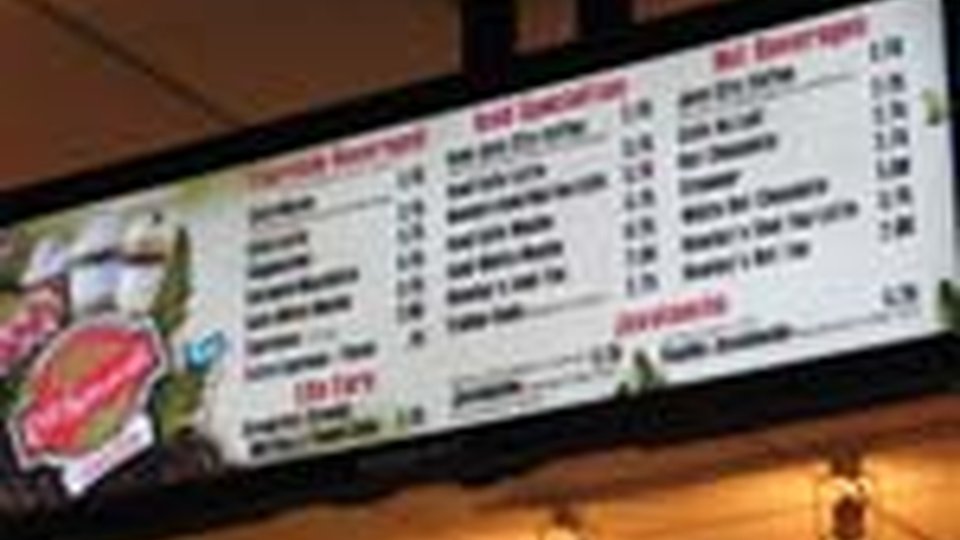Article
Opinion: Digitally resolving challenges from new menu-labeling laws
Challenges posed by new nutrition information laws call for a digital response, says Noventri's Judy Hoffman

October 12, 2010
The new federal law passed through healthcare reform legislation is projected to affect more than 200,000 restaurants throughout the United States.
The food labeling law is outlined at the fda.gov website, and here are some of the highlights:
• Signed into law March 23, 2010, the new law requires nutrition labeling of standard menu items for chain restaurants; retail food establishments and corporate caterers with 20 or more locations; food delivery establishments; convenience stores; movie theaters; bakeries; cafeterias; airlines and trains, as well as chain vending machines, food carts, lunch wagons and cookie shops.
• Three major requirements are (1) that the calorie count must appear on menus and menu boards (includes desserts, beverages, takeout and website menus); (2) a statement must appear on the menu that puts the calorie information in the context of a total daily caloric intake; and (3) additional nutritional information must be available upon request.
• All standard menu items (including meat, poultry and alcoholic beverages) will be required to display the calories count in a type size that matches the name or price of the menu item (whichever is larger) and with the same color or contrasting background as the menu item.
• Compliance is required by March 2011.
This new law presents some major challenges that restaurant owners and food service firms are finding daunting:
• obtaining proper nutritional analysis from suppliers;
• regulating specific portion control;
• finding aesthetic solutions for displaying nutritional information;
• and updating these as suppliers change portion sizes and recipes.
Restaurant owners are in a flurry trying to figure out how to display the mandated information within the confines of existing menu boards. Printed signage does not allow the flexibility for changes and updates.
But if restaurants take a digital approach to requirements of the law, the last two challenges in the above list are easily solved. Now is the time for restaurants to change to digital menu boards. Why?
1. It is easy to design and maintain an attractive menu board that meets the requirements of the law and stays true to restaurant brands.
2. When linked to databases, digital menu boards are dynamically updated as nutritional content changes are made and, as a bonus, promotions can be scheduled to automatically start and stop at specified times.
3. Hardware and software for digital menu boards is becoming more cost effective and energy efficient.
4. Eateries using digital boards portray a sleek, updated appearance that customers are coming to expect.
Digital menu boards also allow restaurants to have the flexibility to create, design and redesign until they find something that works with their particular establishment. This experimentation is missing with printed signage.
Also, consider that errors or last minute changes can be fixed or made in a matter of seconds in one store or over a network of hundreds of stores.
Printed signage does not offer that kind of flexibility. Static menus require a complete remake of the menu board for one small error or change, not to mentions the fees involved in redesign, shipping and the wait for new menus to arrive.
Restaurant owners and franchises are rightfully concerned with the potential consequences of not meeting the requirements of the law by failing to reflect nutritional values correctly or in a timely manner. But digital menu boards free food service providers from fear since information changes are reflected immediately.
It is almost without question becoming a necessity for restaurants to switch to the use of digital menu boards to meet upcoming regulation deadlines.
Judy Hoffman is the PR director at Noventri, which has been providing digital menu board solutions for such names as Aramark, Java City, Marriott, Camden Yards, Minute Maid Park, M&T Stadium, Citizens Bank Park, Delaware Park, Greater Columbus Convention and many more throughout the United States.


